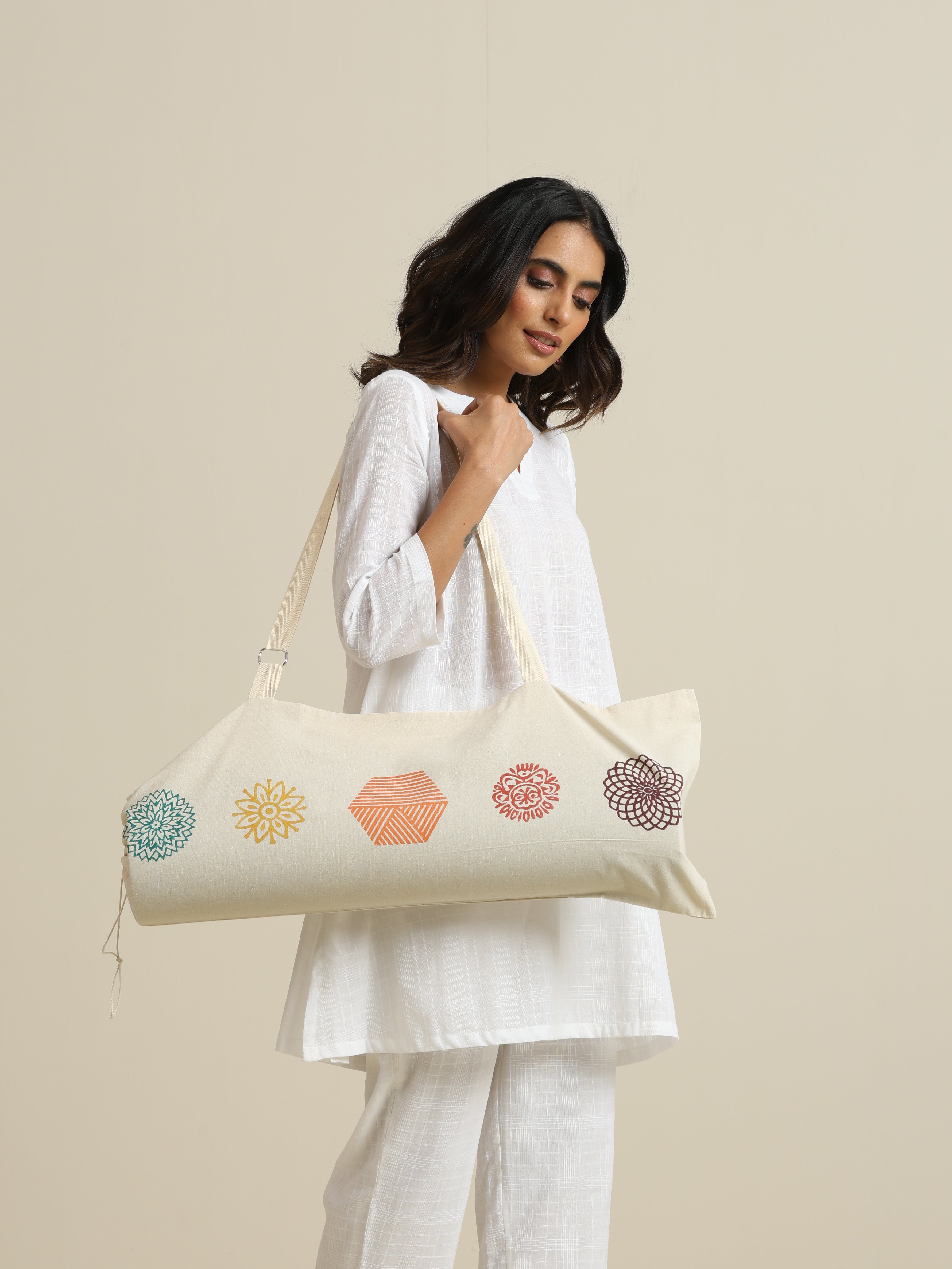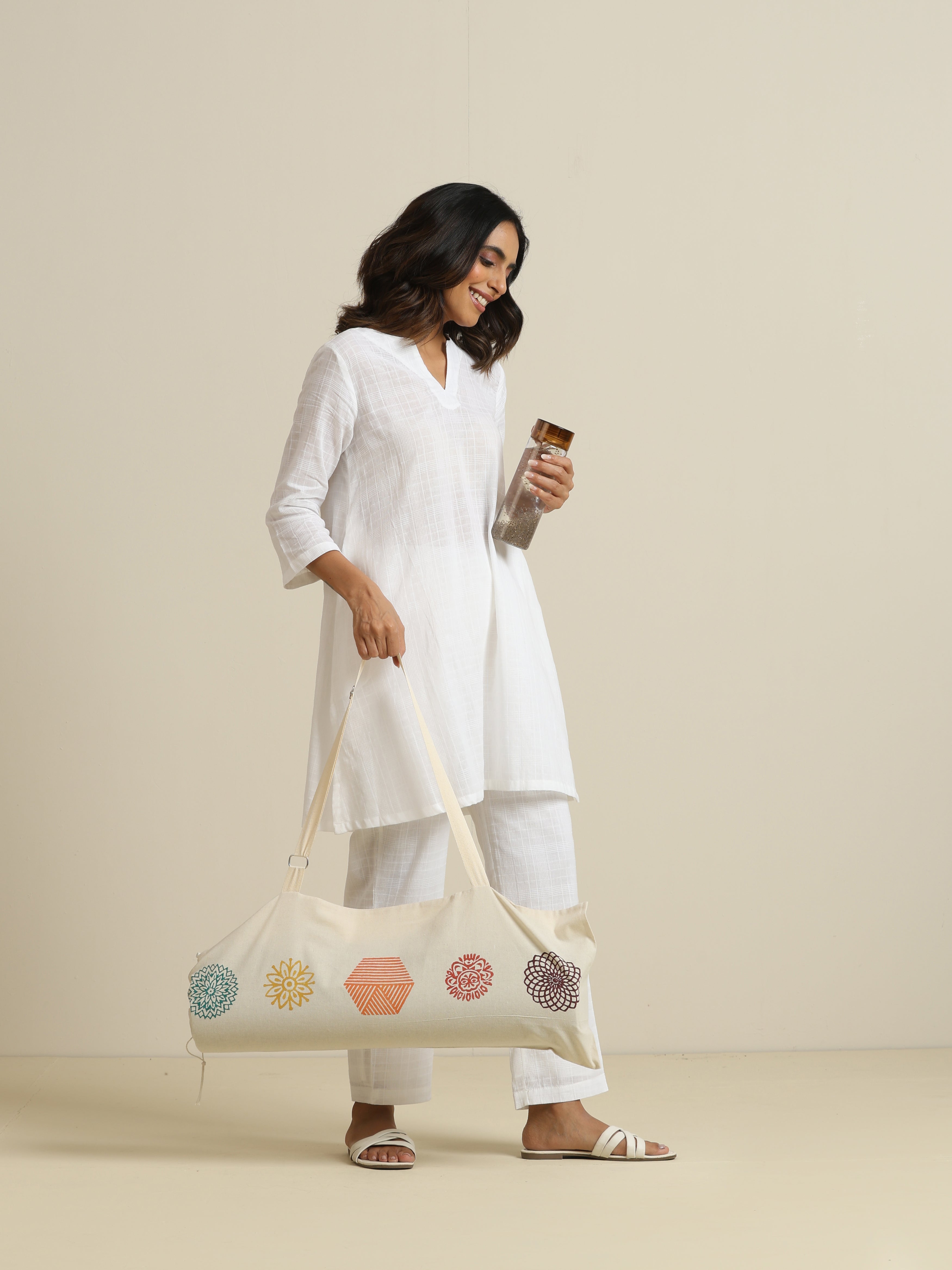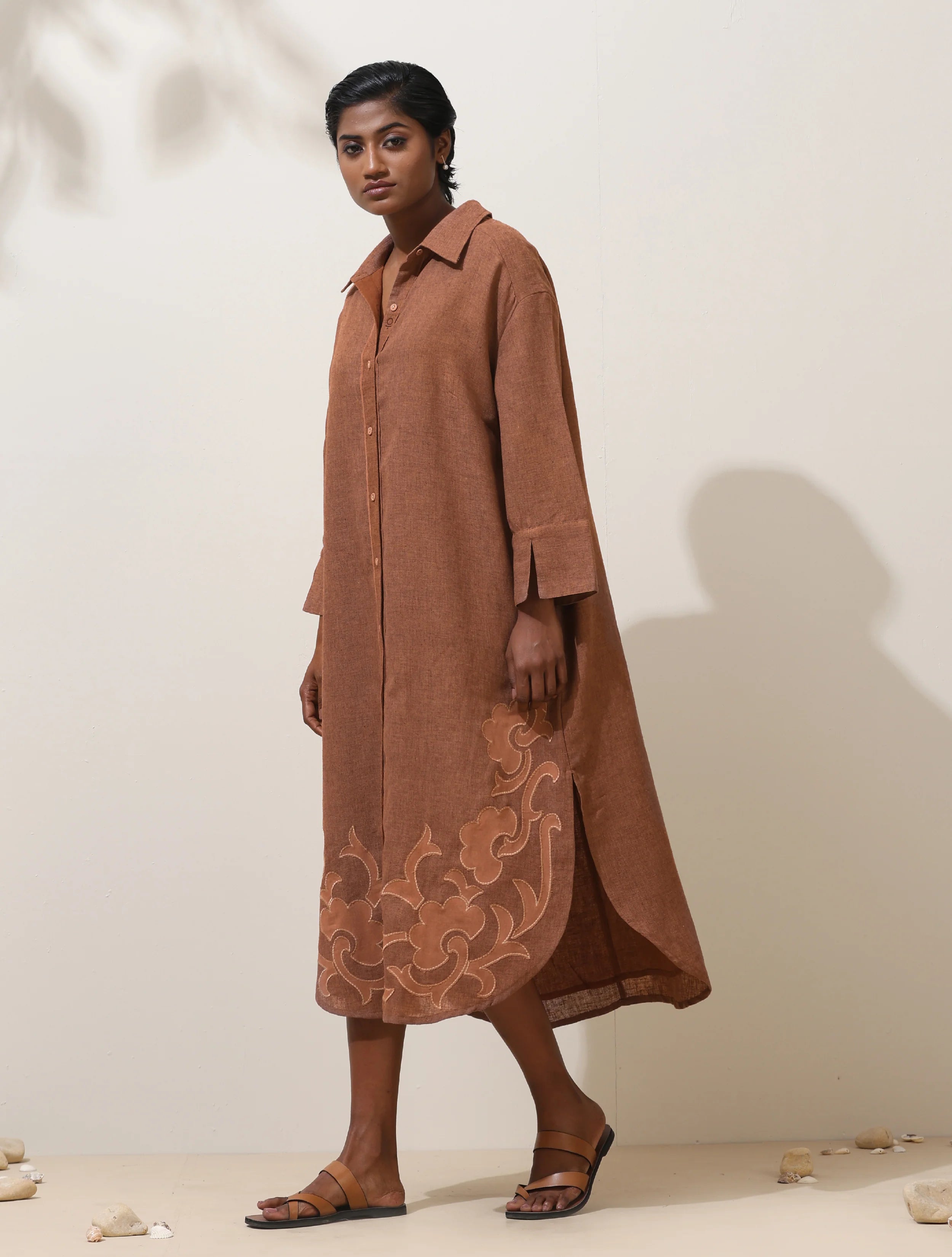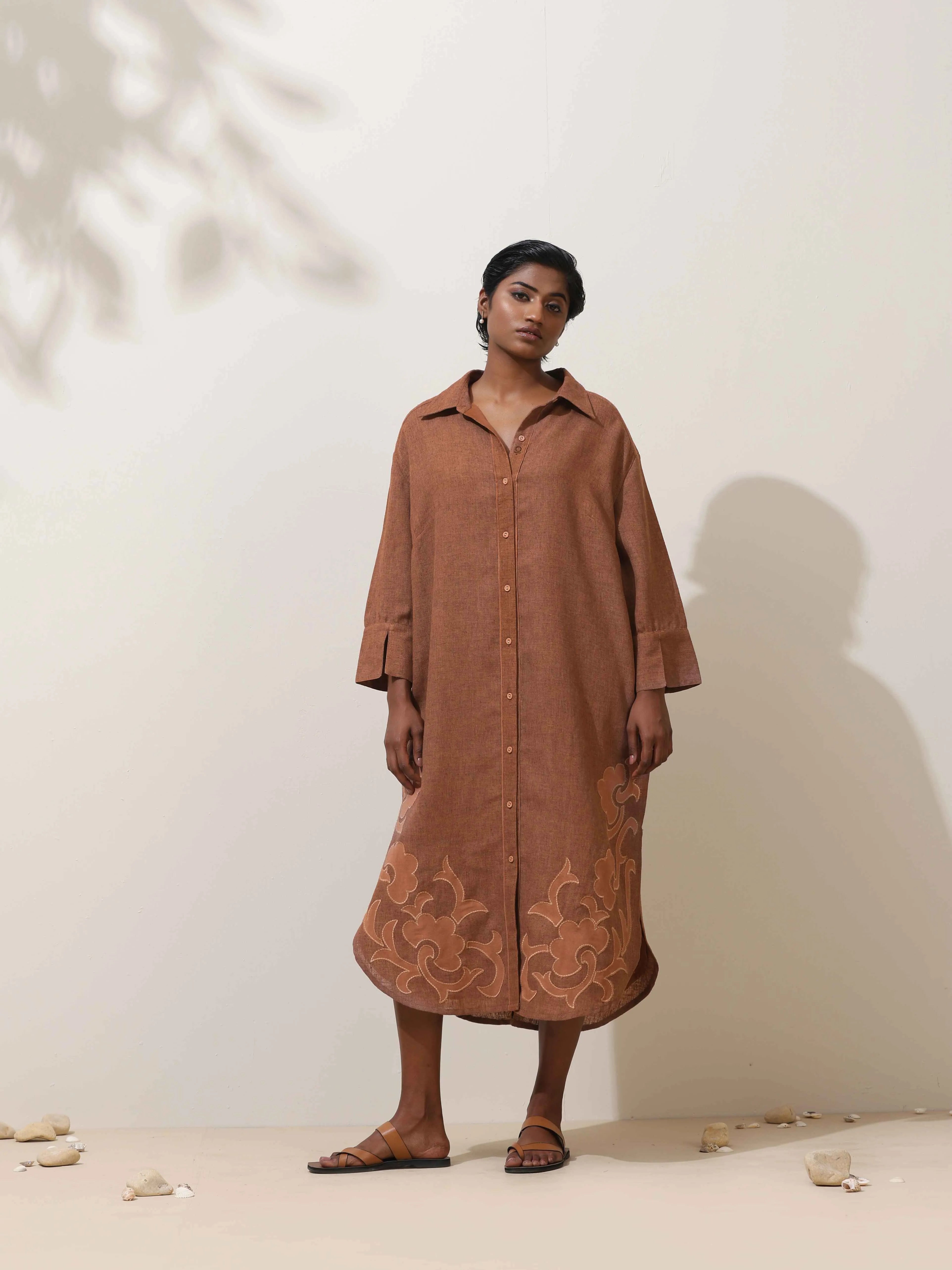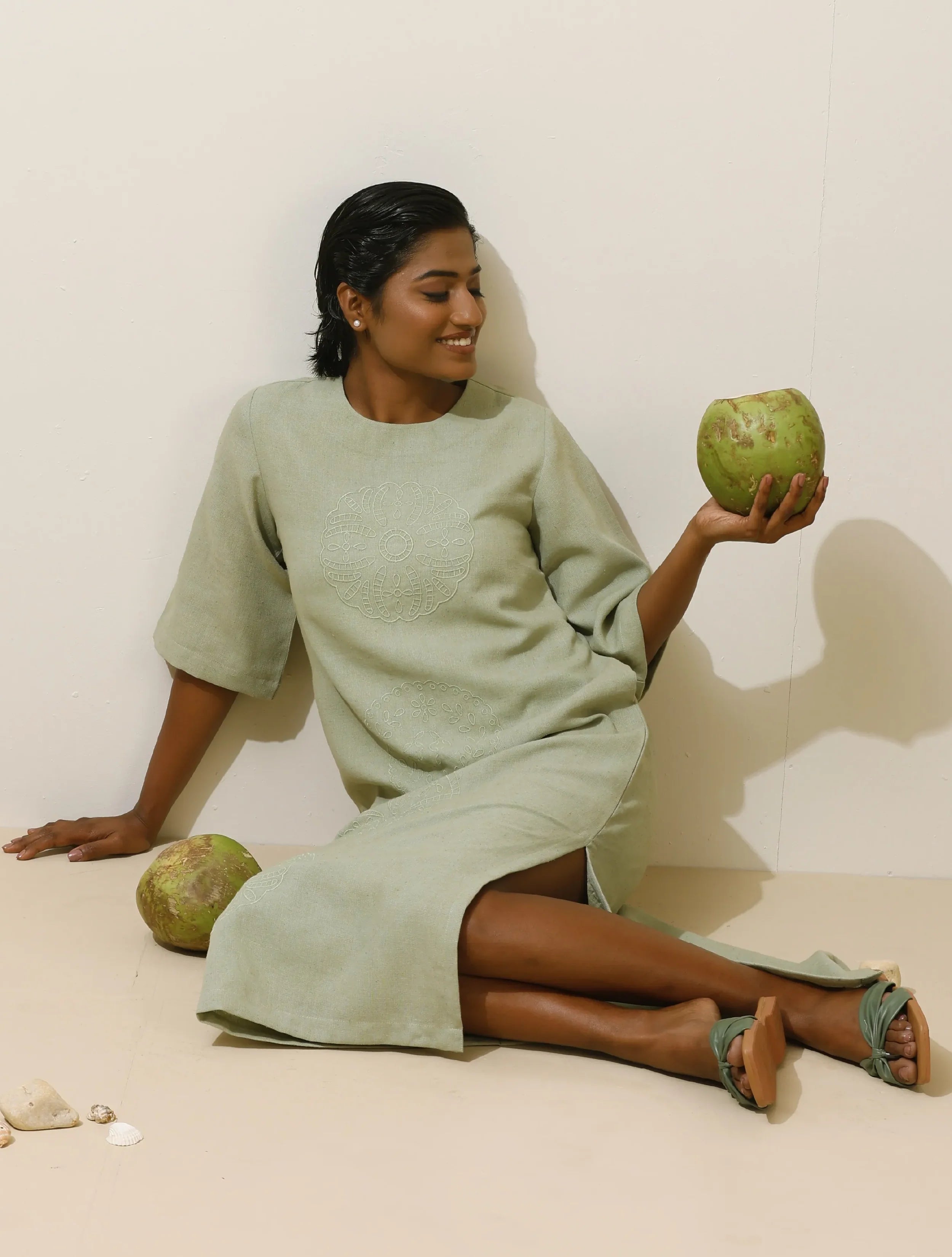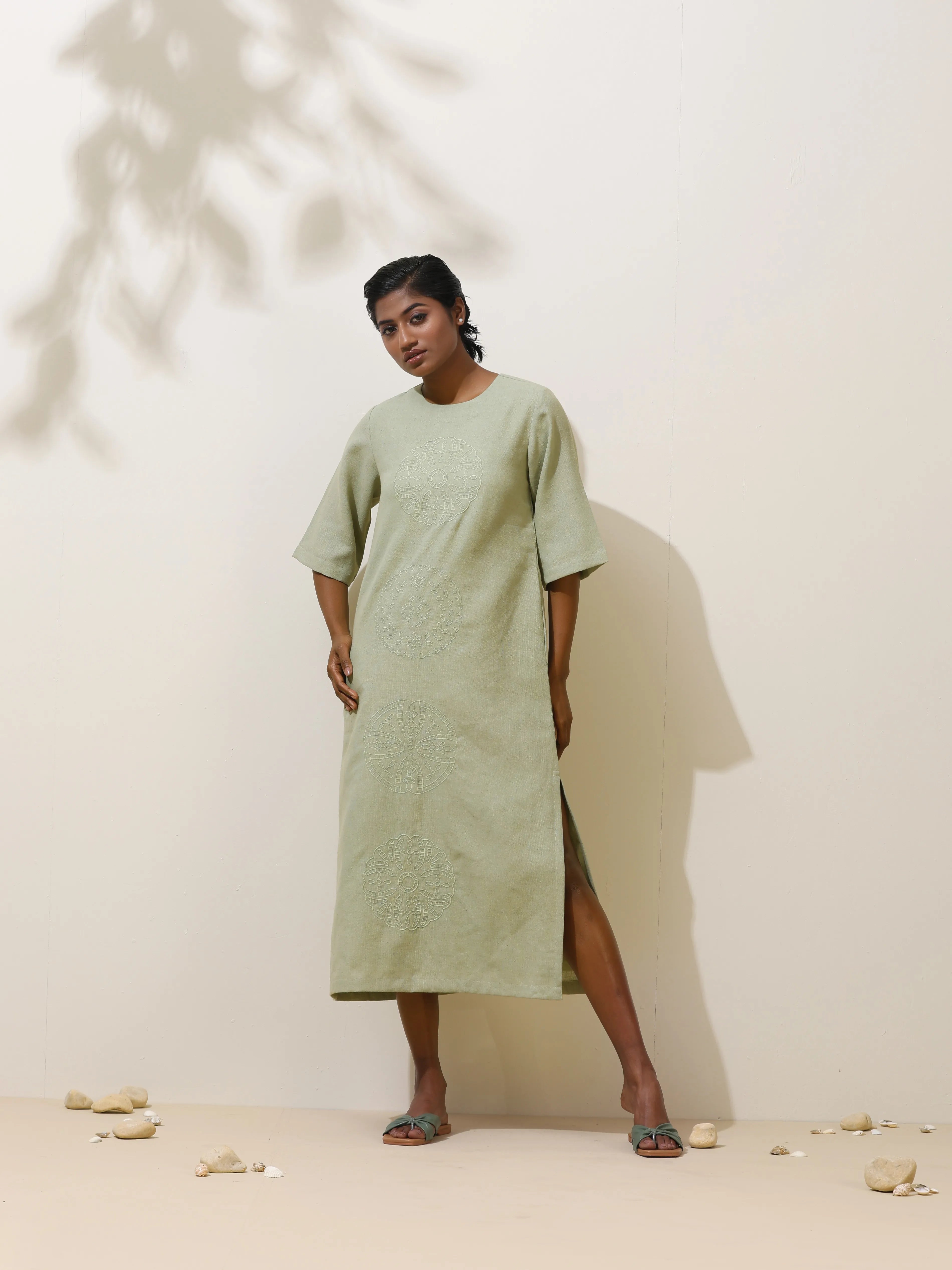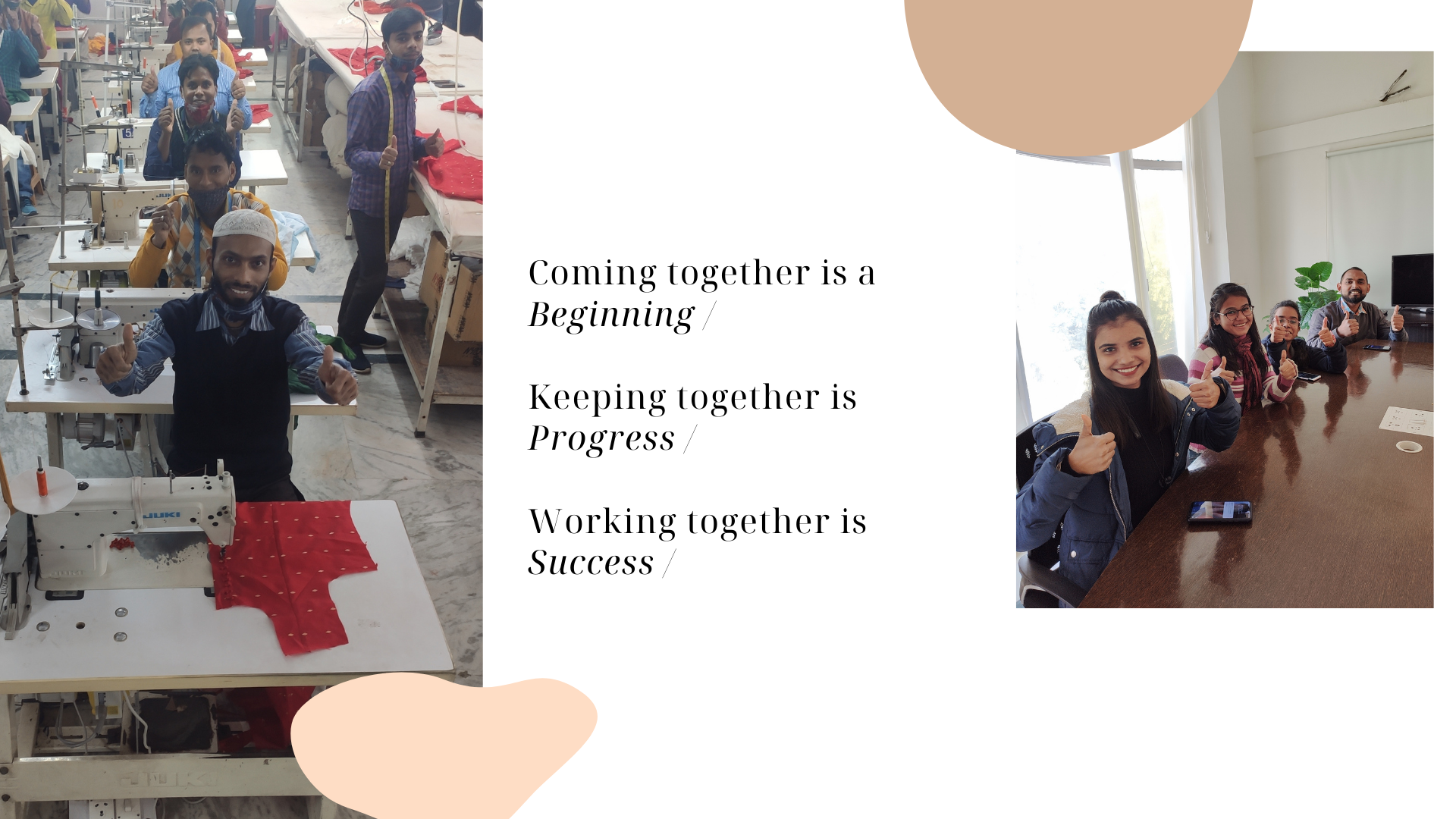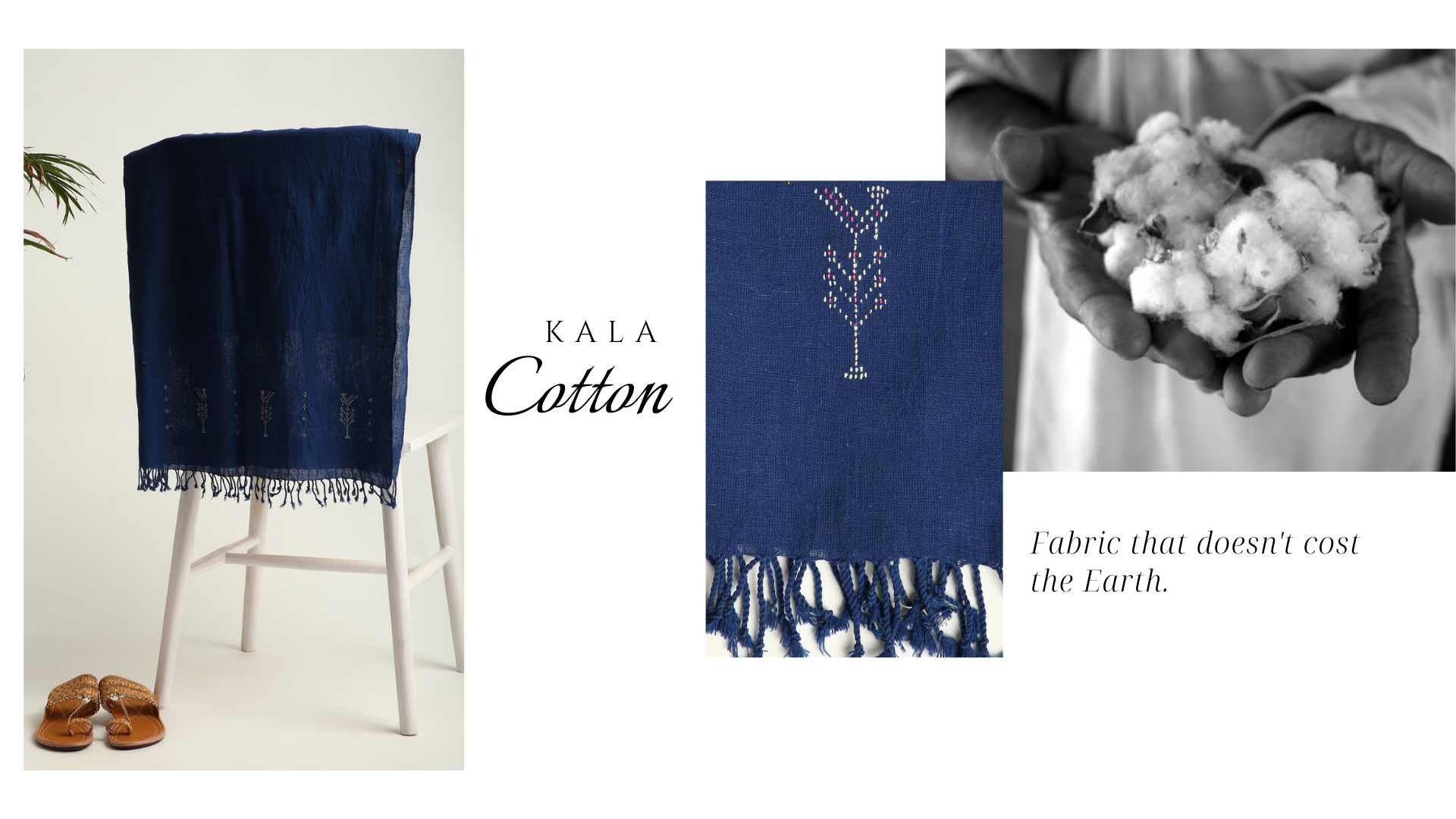
KALA COTTON: THE ENERGY EFFICIENT & CARBON NEUTRAL FABRIC
The history of cotton cultivation in India points to evidence of several domestic varieties of cotton. Kala cotton (Gossypium herbaceum) is an indigenous strain of rain-fed ‘old world’ cotton that was a part of India’s cotton export to Great Britain during colonial rule. Kala means ‘black’ in some Indian languages, often leading to the misconception that Kala cotton is black in color, whereas it actually refers to the empty boll after extraction of the cotton fiber.
Kala cotton has specific characteristics. This indigenous strain of cotton is genetically pure, which differentiates from the genetically modified Bt cotton. Kala cotton is hardy and resilient even under harsh weather conditions. Completely rain-fed and growing naturally even in the arid, drought-prone areas of Kutch, where there is less than 40 cm of rainfall, its high drought tolerance imposes minimal or no demand on scarce water resources, which makes it extremely water efficient. After years of experimentation and perfecting spinning and weaving techniques, the kala cotton initiative in Kutch has created a holistic and practical supply chain between the farmers, ginners, spinners and weavers of marginalized communities, to convert raw cotton into beautiful handwoven textiles. This sustainable production is in total harmony with the local ecology.
Today these “old world” cotton are being revived and incorporated into handmade textiles where they are once again appreciated as the fibers that can be spun into the threads that make the most exquisite cotton cloth. Kala Cotton production is an environmentally sound process that provides sustainable livelihoods for marginal farmers due to its zero input cost. Because of the unique geography of Kutch and its lack of water resources and drought-prone fields Kala Cotton production is a suitable alternative to agricultural practices that require irrigation and chemicals. It requires no external inputs from farmers and the people of Kutch refer to its type of crop as ramol as it is organic by default. The ball of the cotton is fed to the cattle, as are the remnants of the seed after it is pressed for oil. It is notable that Kala Cotton provides food for cattle which is the primary source of income generation in Kutch.
It’s grown under natural conditions, with a pattern of crop rotation and intercropping, demanding no artificial irrigation or chemical inputs. The ball holding the cotton fibre is closed, providing protection against the wind and allowing it to grow even in drought-like conditions. Its need for water is very low, with one good day of seasonal rain being sufficient for a harvest, and 2-3 showers promising the farmer a good harvest. Second, it focuses attention on another, often neglected question that is the process that goes into creating the final fabric.
Despite limited resources, the quality of the fabric is top-notch. It isn't only the quality yet additionally the feeling of fulfillment that the dress you wear for work isn't causing any harm to society. Not only for work, you can style Kala Cotton in numerous ways. For eg. You can wear them as scarves, kurtas, tunics or jumpsuits. Sustainable and a responsible fashion is the need of the hour & maintaining ecological balance has become a necessity.


